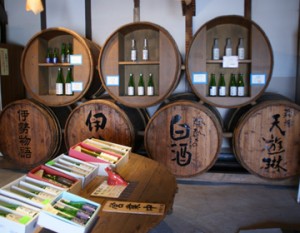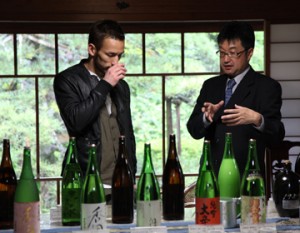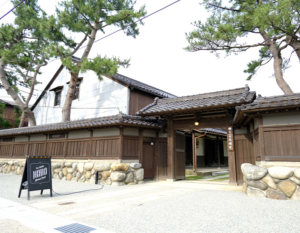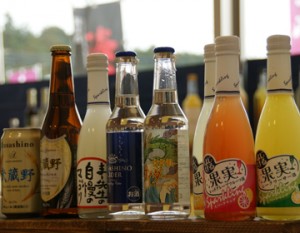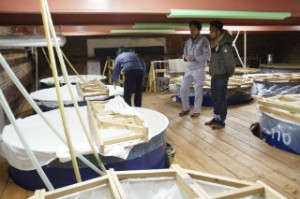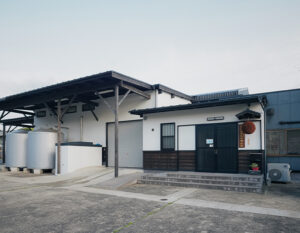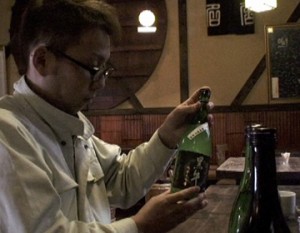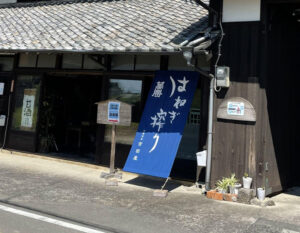Cider Brewery Draws Attention in Nagano, the Apple Capital of Japan
Nagano Prefecture boasts the second largest apple production in Japan. As a result, the prefecture also produces a large number of ciders, which are made from apples. In the past, many wineries and sake breweries in the prefecture produced ciders as souvenirs, but recent years have seen a surge in the number of breweries specializing in ciders with a spirit of craftsmanship, driven by the recent trend for ciders. The first brewery in Nagano Prefecture specializing in ciders, Kamoshika Cider Brewery, is a pioneer in this field. Located on a hilltop in Ina City, Nagano Prefecture, with a scenic view of the Japanese Alps to the south and north, the modern design of the facility might make you think it is a café. However, the ciders brewed here have been highly acclaimed in many prestigious competitions, including winning the top prize “Trophy” at the Fuji Cidre Challenge, a world-class cidre competition.
The familiar taste of Inadani apples
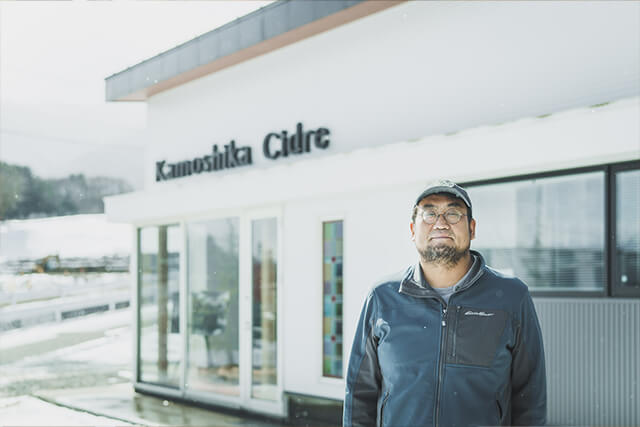
Kohei Irikura, the head of Kamoshika Cidre Brewery, was born in Tokyo. His great-grandmother’s house in Ina City used to send apples to him, so he was familiar with apples from a young age, but as an adult, he spent some time without having anything to do with them. One day, however, the delicious taste of Ina Valley apples that he used to eat at home suddenly came to mind. Since then, Mr. Irikura has been thinking about what he could do with apples, and moved to Ina City, which had all the right hooks. He studied brewing techniques at a brewing school in Tokyo and at a brewery in Nagano Prefecture, and in 2016 he opened the Kamoshika Cider Brewery.
Encountering a brewed variety that was being grown for research

After opening the brewery, he took on a variety of challenges in pursuit of the cider taste he envisioned. The apple has established a firm position in Japan, and has become a major fruit that has earned the right of citizenship, yet many ciders made from apples have yet to break out of the realm of souvenirs. The reason for this is that apples for fresh consumption began to spread during the Meiji period (1868-1912), and at that time, varieties for brewing were no longer imported.
Later, it became even more difficult to import brewing apples due to quarantine issues and other problems, so the only way to produce ciders was to use varieties that had been improved for fresh eating in Japan. In other words, ciders made from popular local apple varieties make excellent souvenirs. However, it may be more akin to wine with a regional promotion element, using grapes that are not specifically wine varieties, such as Kyoho grapes or Shine Muscat.
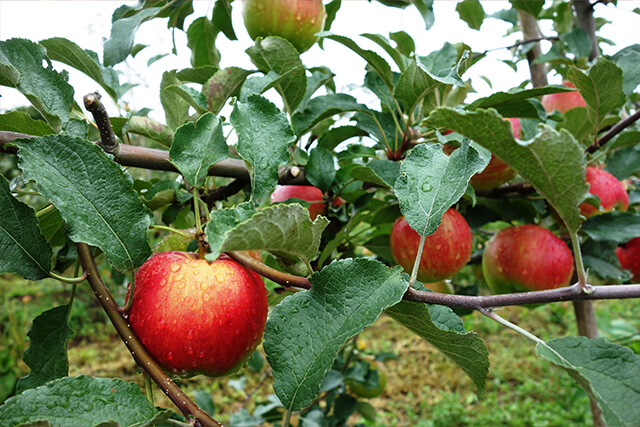
Of course, these are also delicious, but in the same way that wineries in Japan are all focusing their efforts on cultivating popular wine grape varieties from around the world, such as Cabernet Sauvignon and Merlot, there are also many varieties of apples that can be eaten fresh, such as the sharply acidic Benidama (Jonathan in English) and the refreshingly sour green apple Granny Smith, which is native to Australia. Cider, with its astringency and acidity not found in fresh eating apples, has its own variety of apples suited for cider. However, it was not easy to brew cider using these varieties because they could not be imported through quarantine.
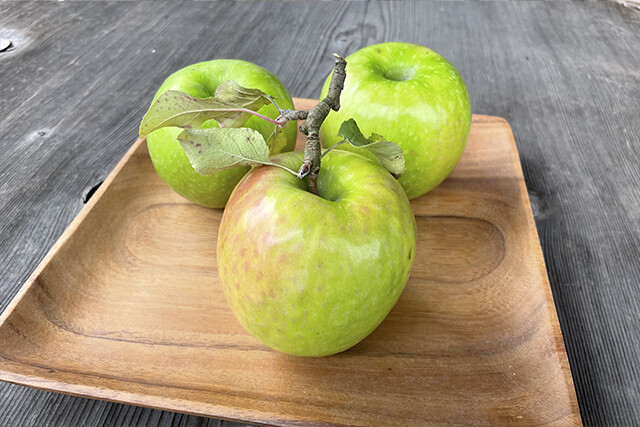
However, Ina, where the brewery was located, happened to be home to the Faculty of Agriculture of Shinshu University, which had grown for research purposes Virginia Crab, a native of the United States, Greensleeves, a native of England, and other valuable brewing apple varieties grown on the home farm of Thomas Jefferson, the third president of the United States. were grown for research purposes. Mr. Irikura immediately asked the professor to share branches of these varieties and cultivate them in his own vineyard. He began producing apples that were a combination of the brewing variety and the fresh eating variety.
Second fermentation in the bottle, a labor-intensive pursuit of flavor
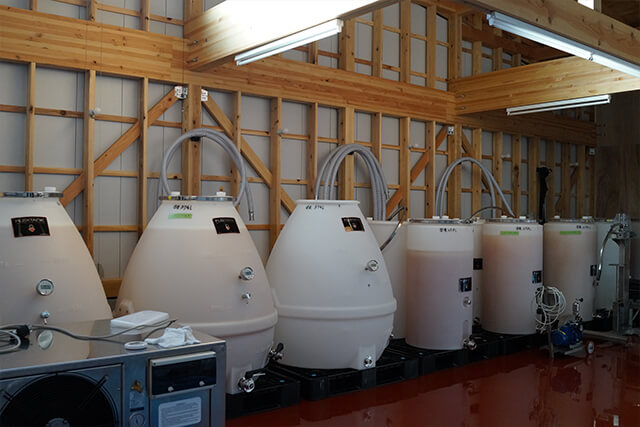
Cidre is not made by industrially adding carbon dioxide gas like carbonated beverages, but rather by secondary fermentation in the bottle, like champagne, in which sugar and yeast are added to the wine and fermented again in the bottle. The apples used change with the seasons. From a star-studded list of apple varieties, the brewery went through a process of trial and error to find a combination that would allow them to confidently introduce their ciders to the world, using only what is in season during the harvesting season.
Kamoshika Cider Brewery aims to create a cider that is uniquely Ina Valley
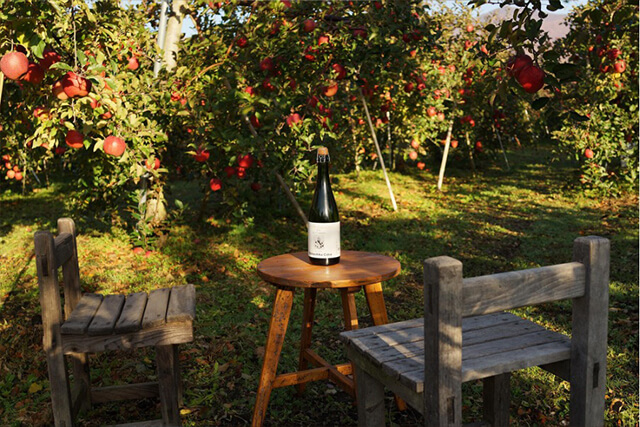
The concept of the cider that Mr. Irikura is aiming for is freshness and fruitiness. Since apples oxidize easily, he is careful to keep the juice from oxidizing as much as possible. However, according to Mr. Irikura, 80% of a cider’s flavor is determined by the quality of the ingredients. This is why Nagano Prefecture is one of the largest producers of apples in Japan, and the brewing of cider in Inadani, which is famous for its high-quality apples, is an advantage. The brewing environment and yeast, which is said to have the second largest impact on flavor after the ingredients, are prepared by using yeast imported from France for Champagne brewing and egg-shaped brewing tanks that allow for easy flow and mellowing of acidity.
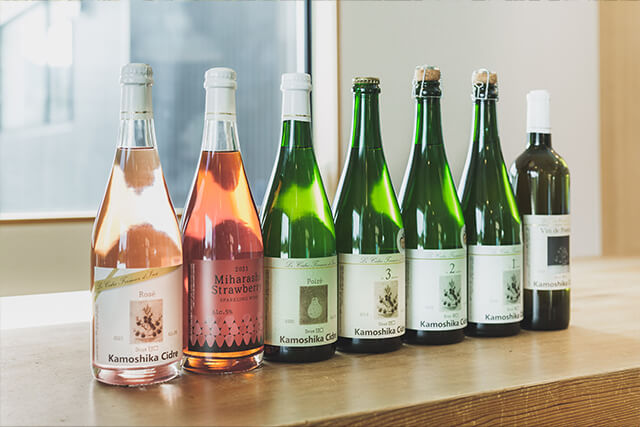
The ciders thus produced are brewed according to the harvest time of the varieties used.
The ciders are brewed according to the harvest season of the variety used, and are available in six classic etitettes: “La 1e saison,” “La 2e saison,” and “La 3e saison,” each with sweet and dry flavors. All of them are made with second fermentation in the bottle. All of the ciders feature fine bubbles created by secondary fermentation in the bottle and a robust flavor with the natural fruity acidity of apples.
Our goal is to create a place where people gather with cider as a hook.
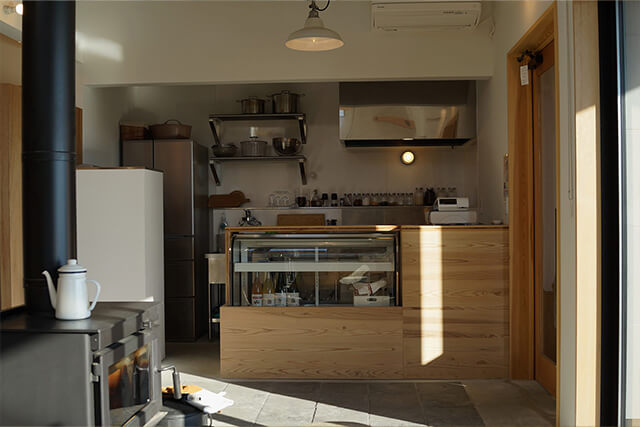
Six years after its establishment, Kamoshika Cider Brewery has become one of the top cider breweries in Japan, both in name and reality, by continuing to make ciders that take advantage of its location. In the meantime, more than 10 breweries specializing in ciders have opened in Nagano Prefecture, and we feel that the gap between domestic ciders and world-famous ciders has become smaller compared to wine. This is probably evidence, as mentioned at the beginning of this article, of the increasing number of cidery breweries in Japan with a spirit of craftsmanship. This facility is a driving force in the Japanese cider world. The goal is to create a cider with such appeal that it will become a visitor center for the area and attract more people to Ina, using the cider as a hook to attract more visitors.




